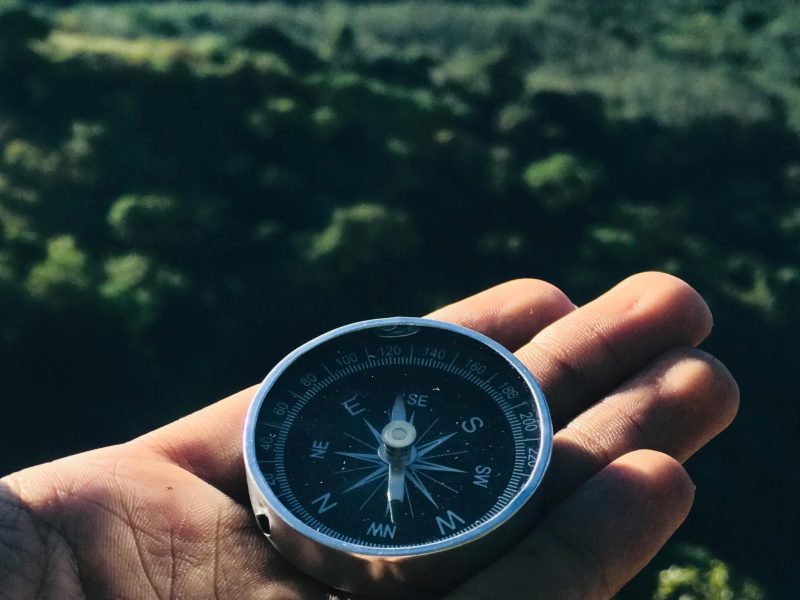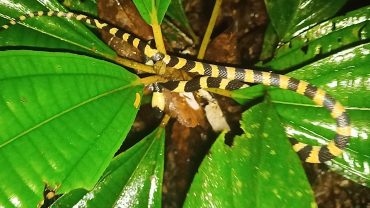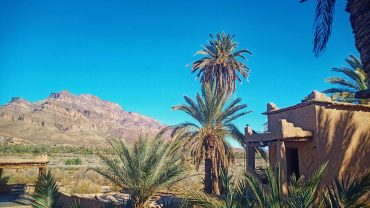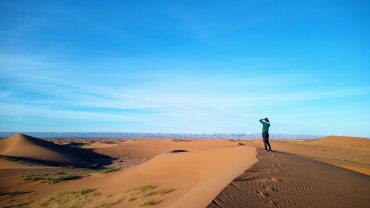Take it from us that embarking on a jungle adventure can be one of the most exhilarating experiences of your life.
Hopefully, it will be one that you will one day experience for yourself with Wild Globe Expeditions. The dense foliage, exotic wildlife, and the symphony of nature’s sounds all contribute to an unforgettable rainforest journey. Venturing into the jungle though, should not be taken lightly – it requires careful preparation and ensuring you have the right gear to ensure your safety and comfort.
Here are the top items we think based upon our many years of experience you should take with you on your jungle expedition.
Quick-Dry Clothing
Choose quick-dry shirts, trousers, and undergarments made from moisture-wicking materials. Synthetic sports fabrics are lightweight and dry quickly, and are less likely to be eaten by ants overnight! It is probably stating the obvious but avoid fabrics like cotton and denim that are slow to dry. Jungle environments are characterised by high humidity and frequent rainfall so you’ll usually have to accept that you’re wet during the day. Having an extra set of dry clothes for the evening and overnight is essential to enjoying your adventure.
Sturdy Footwear
Navigating the jungle terrain can be challenging, with uneven, muddy, and often slippery paths. Proper footwear is crucial to ensure your safety and comfort. A pair of sturdy hiking boots with good ankle support and non-slip soles is essential. Avoid waterproof materials and instead look for boots that allow good drainage so that your feet can breathe and excess water can escape to avoid fungal foot infections. Try looking for boots described specifically as jungle boots rather than hiking boots.
Insect Protection
The jungle is teeming with insects, some of which can pose health risks. Proper insect protection is vital to avoid bites and potential diseases.
Insect Repellent
A reliable insect repellent is a must. Look for products containing DEET or natural alternatives like lemon eucalyptus oil (we prefer the natural products like Incognito which work just as well without harming your skin or clothing). Apply it regularly to keep mosquitoes and other bugs at bay.
Long-Sleeved Clothing
Wearing long-sleeved shirts and trousers provides an extra layer of protection against insect bites. Opt for lightweight, breathable fabrics to stay cool and comfortable.
Mosquito Net
If you plan to sleep in the jungle, a mosquito net is essential. It will protect you from mosquito bites and other insects while you rest, ensuring a good night’s sleep. Many hammocks are on offer with integrated mosquito nets so you can zip yourself in and have a safe cocoon overnight.
Water Purification System
Maintaining hydration and energy levels is vital in the hot and humid jungle environment. Drinking anything from 4-8 litres per day is not unusual to replenish the fluids lost through sweat. A portable water purification system ensures you have access to clean drinking water, even in remote areas. This can prevent dehydration and waterborne illnesses. Make sure that whatever you use purifies the water, not just filters it.
Navigation Tools
The dense jungle can be disorientating, making reliable navigation tools crucial for your safety.

GPS Device
A GPS device can be a lifesaver, helping you find your way in areas where trails are not clearly marked. It ensures you stay on track and can find your way back if you wander off course. There are a number of apps available for your smartphone with this technology but make sure the maps are downloaded and they work without phone signal.
Compass and Map
While a GPS is extremely useful, technology can always fail. Many rainforest areas have not been mapped due to the difficulty of assessing the terrain through the trees. If you can get hold of one that covers the area you will be exploring then it is definitely worth doing so and carrying it with a compass as a back up. Make sure you know how to use it!
Local Guides
It is highly recommended to travel with a local guide who knows the area (all our expeditions utilise local guides), they often know the trails like the back of their hand and will significantly reduce the sensation of being lost. They also have a keen eye and a wealth of knowledge of the local flora and fauna which can really enrich your experience whilst supporting the local community.
By packing these essential items – clothing, sturdy footwear, insect protection, water filtration system and navigation tools – you can ensure a safe, comfortable, and enjoyable adventure. Finally, remember to tell someone your plan, where you are going and for how long so that they know to call for help if something goes wrong. Equip yourself properly and embrace the wonders of the jungle!




Comment (0)